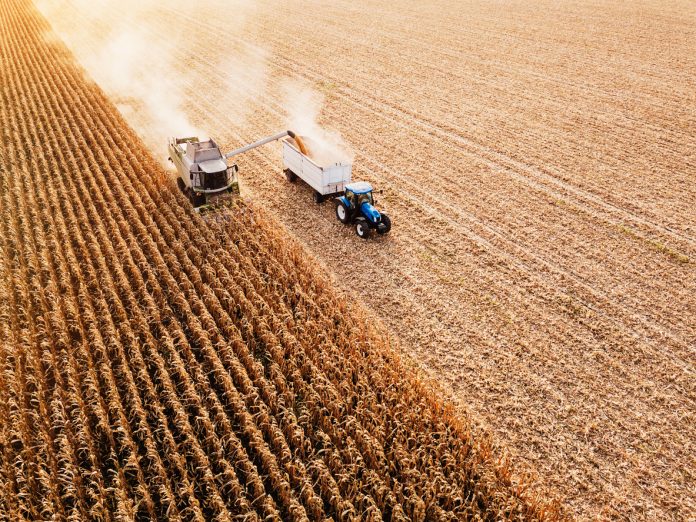Rome, the benchmark for world food commodity prices continued to climb for the third month in a row in May, according to the Food and Agriculture Organisation of the United Nations (FAO)
The increase was driven primarily by higher prices for cereals and dairy products, even as sugar and vegetable oils declined.
The FAO Food Price Index, which tracks monthly changes in international food prices, averaged 120.4 points in May, a 0.9 percent rise from April. Although this marks a significant increase, the index is still 3.4 percent lower than a year ago and 24.9 percent below its peak in March 2022.
Surge in cereal prices
The FAO Cereal Price Index rose 6.3 percent from April. This was mainly due to a spike in global wheat export prices provoked by concerns over poor crop conditions in major producing areas like Northern America, Europe, and the Black Sea region, which could impact yields for the 2024 harvests.
Maize export prices also rose in May, influenced by production worries in Argentina, where corn stunt disease affected crops, and in Brazil, where adverse weather conditions are a concern. These factors, combined with limited selling activity in Ukraine and spillover effects from wheat markets, contributed to the increase. The All-Rice Price Index also rose by 1.3 per cent.
Dairy prices increase
The FAO Dairy Price Index rose by 1.8 per cent from April, driven by heightened demand from retail and food services sectors as the summer holidays approach. Market expectations that milk production in Western Europe might fall below historical levels also played a role. Renewed import demand from some countries in the Near East and North Africa further boosted dairy prices.
Declines in sugar and vegetable oil prices
The FAO Sugar Price Index fell by 7.5 per cent in May. This decline was mainly due to a strong start to the new harvest season in Brazil and lower international crude oil prices, which reduced demand for sugar.
The FAO Vegetable Oil Price Index dropped by 2.4 percent. The decline was put down to lower palm oil quotations due to seasonal output increases and ongoing weak global demand. This decline offset the higher prices of soy oil, driven by increased biofuel sector demand, and firmer prices for rapeseed and sunflower oils, which were affected by diminishing export availabilities in the Black Sea region.
Meat prices marginally down
The FAO Meat Price Index saw a slight decrease of 0.2 percent. Prices for poultry and bovine meats fell, while those for pig and ovine meats increased.
First global cereal forecast for 2024/25
In its first prediction for the 2024/25 season, the FAO anticipates global cereal production to reach 2,846 million tonnes, nearly matching the record output of 2023/24. Despite expected declines in maize and wheat outputs, increases in barley, rice, and sorghum production are forecast. However, adverse weather in the Black Sea region could potentially downgrade global wheat production.
World cereal utilisation is expected to rise by 0.5 percent to a new high of 2,851 million tonnes, driven by increased food consumption, especially of rice. Cereal stocks are expected to grow by 1.5 percent to a record 897 million tonnes, with increases in inventories of maize, barley, sorghum, and rice, though wheat stocks could decline.
Global cereal trade is forecast to drop by 1.3 percent to 481 million tonnes, mainly due to lower maize trade, while international rice trade is expected to grow robustly.
For more detailed information, you can visit the FAO’s official report.











